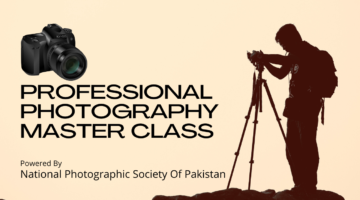What Is Exposure Compensation – DSLR Camera Tutorial
It’s like Manual “Lite”
You of course know that shooting in Manual mode gives you precise control over your photos, but I find that Manual mode is not practical for everyday shooting. I simply don’t want to fiddle with multiple settings for every single photo I take. But using any other mode relinquishes “exposure” back to the camera. While my camera does a pretty good job of guessing the proper exposure in most situations, it does a terrible job in others.
What if there was a way to metaphorically take your camera by the scruff of the neck, show it who’s boss and get it to quickly and easy under- or over-exposure a photo without having to jack around with Manual mode?
Enter exposure compensation.
Exposure compensation is the control by which you temporarily adjust your camera’s definition of what is “properly exposed.” Put simpler, it’s a way to force the camera to make your photos darker or brighter to the degree that you tell it.
Armed with the power of exposure compensation, you can happily shoot away in your favorite mode (Automatic exposure, Shutter priority, or Aperture priority) and kick the exposure lighter or darker as necessary when a tricky lighting situation emerges. It’s like Manual mode ‘Lite.’
When to use exposure compensation
Simple: when you need it. I’m not trying to be coy with that answer, but you’ll want to use exposure compensation whenever your camera is not producing the right exposure for whatever reason.
There are, however, a few instances where I find myself employing exposure compensation regularly:
At dusk
Sunsets and the moments afterward are surprisingly tricky lighting situations. Our eyes do a wonderful job of adjusting for this light, but our cameras do not. At this time of day, shots tend to be grossly over- or under-exposed depending on whether you are facing the remaining light from the sunset or not.
Super bright scenes
The bright sun shining down on a white-sand beach or snow-covered landscape produces tons of light, so much so that it can confuse your camera. If these scenes are turning out a little darkish, “stop it up” with some exposure compensation. Don’t go crazy though, or you’ll over-expose your highlights.
High dynamic range (HDR) scenes
HDR is just a fancy way of describing scenes with really bright areas AND dark shadowy areas. Your eyes can resolve these scenes just fine, but cameras’ sensors have a tough time. We’ll talk about HDR photography in a future post, but you can use exposure compensation to dial in the exposure appropriate for either the shadows or the highlights. Sadly, you can’t have it both ways; you have to choose.
How to use it
One of the best things about exposure compensation is how easy it is to use. There will be some button combination unique to your camera, but you shouldn’t have to dive into any complex menus. On my Canon T3i, it’s as simple as holding down the “+/-“ button and rolling the main dial button thingy. Like this:
Warning! Warning! Warning!
When you use exposure compensation, you WILL, sooner or later, forget you have it off-center and only realize this after you’ve shot a bunch of photos with improper exposure. Then you’ll be sad. So just make a point to either reset it when you’re done, or check it before you start taking photos again. Or both.
Taken From = http://camerasim.com/apps/exposure-compensation/

![]()




